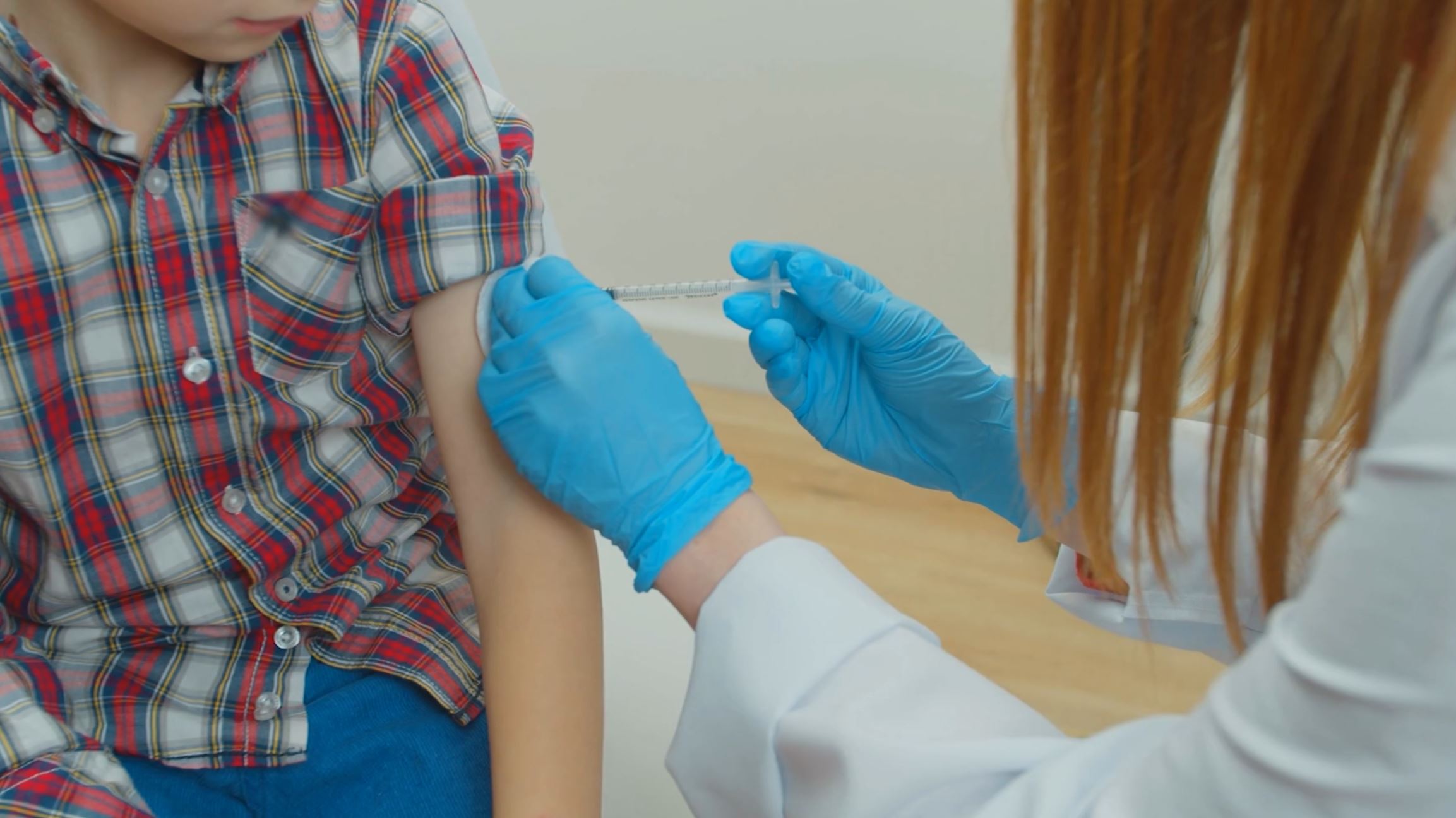
On the occasion of International Cat Day, Tabitha Hockey, Royal Canin Scientific Specialist and Accredited Veterinary Nutritionist, analyses the situation and offers her tips for combating feline obesity.
Banfield Hospital’s lab studied data collected on more than 500,000 cats in the United States over the past year. Researchers noted a 65 percent increase in the number of cats diagnosed as overweight or obese in 2023 compared to 2013, with a tangible impact on their daily health and well-being.
“In fact, being overweight reduces a cat’s ability to move and can even prevent them from playing, jumping or grooming themselves, which significantly affects their quality of life. Obesity can also be associated with major health problems such as joint disorders, urinary tract diseases or diabetes. Therefore, keeping a cat within the normal weight range from an early age and throughout its life is a valuable way to keep it healthy and ensure its long-term well-being,” analyzes Tabitha Hockey.
On the occasion of International Cat Day, Royal Canin offers four tips for its owners:
- Pay attention to your cat's diet from birth: Pay attention to the amount of food your cat eats as well as the type of food it eats from the beginning of its life. A healthy and simple diet can therefore be implemented, especially by weighing your cat's food portions daily in order to respect its features. It is also advisable to refer to the WHALTAM cat growth curves with the help of your veterinarian to ensure that your cat is on a healthy weight path.
- Weigh your cat regularly: For cats, even small amounts of excess weight can affect their health and often go unnoticed on a daily basis, up to 500 grams. We also recommend that you weigh your cat every 3 to 6 months to identify any changes in their weight. In the event of a disease progression, Royal Canin advises you to consult your veterinarian to develop a nutritional plan and thus get your cat back on track.
- Promote your cat's well-being: Distributing treats and snacks often creates a bonding time between the owner and their cat, and can be a healthy, balanced mealtime routine. However, there are some rules that must be followed. Calories from treats and snacks should not exceed 10% of the cat’s total daily calorie intake. You can do this by favoring plant foods that are low in calories and safe for cats – for example, cooked zucchini is a surprisingly popular choice with cats. Additionally, cat owners should always remember that cats who appear to be begging for food may actually be seeking attention or affection, and that the bond does not necessarily have to revolve around food. Outside of mealtimes, it is advisable to respond to this demand for attention through play, grooming, or petting your cat.
- Seek advice from your veterinarian: It is important to involve your veterinarian in monitoring your pet's nutritional needs, to determine their ideal weight and what actions to take to help them achieve it. Just like humans, pet weight management is unique to each animal.






